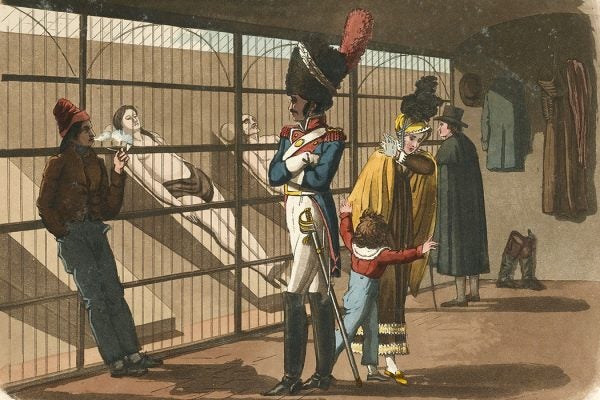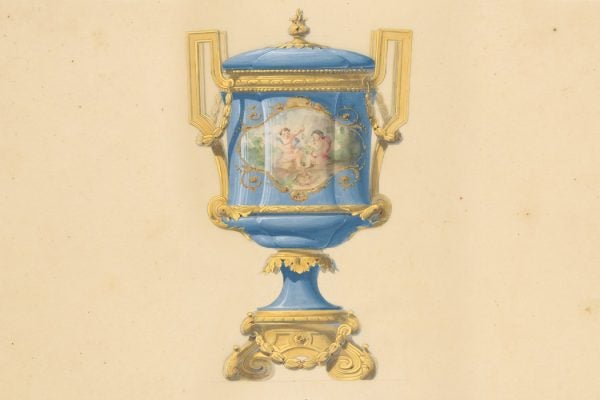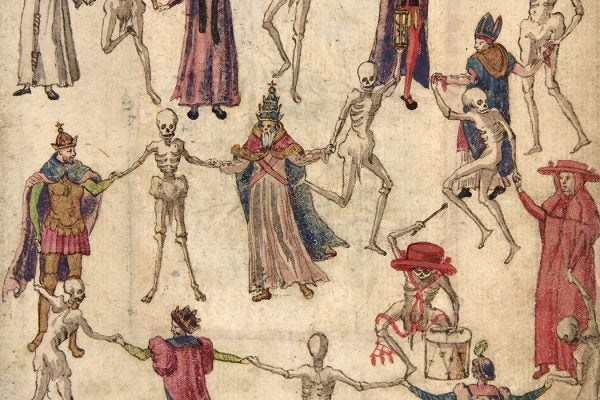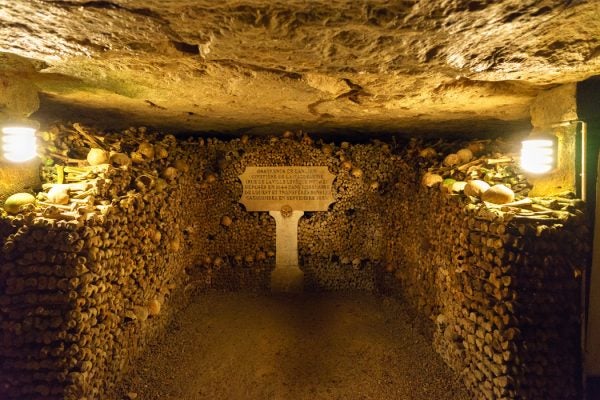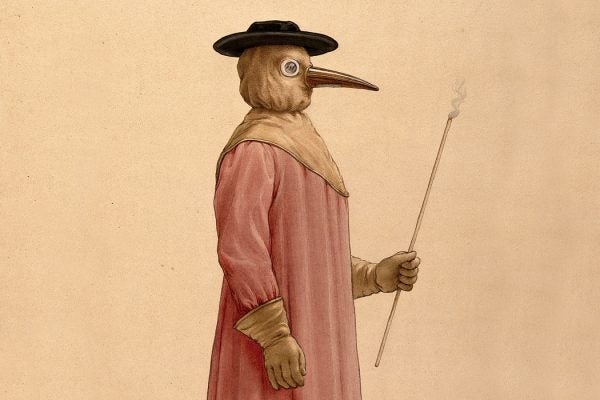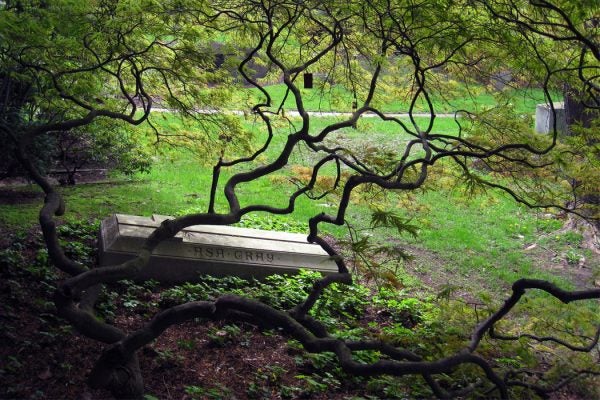Does Dark Tourism Exploit Tragedy for Profit?
Thanatourism, as one scholar calls it, has a long history. And some historic sites of mass death do offer thoughtful educational experiences.
The Paris Morgue Provided Ghoulish Entertainment
With its huge windows framing the corpses on display, the morgue bore an uncomfortable resemblance to a department store.
How Cremation Lost Its Stigma
The pro-cremation movement of the nineteenth century battled religious tradition, not to mention the specter of mass graves during epidemics.
The Fear of Being Buried Alive (and How to Prevent It)
Pliny the Elder remarked: “Such is the condition of humanity, and so uncertain is men’s judgment, that they cannot determine even death itself.”
A Roman Feast… of Death!
The banquet hall was painted black from ceiling to floor. By the pale flicker of grave lamps, the invited senators coud make out a row of tombstones.
Will Reanimating Dead Brains Inspire the Next Frankenstein?
In recent experiments, scientists brought back cellular functions to the brains of dead pigs, recalling early galvanism.
How the Paris Catacombs Solved a Cemetery Crisis
One of the most popular tourist destinations in Paris—the Catacombs—was started as a solution to the intrusion of death upon daily life.
How the Plague Reshaped the World
The bacterium that causes the plague emerged relatively recently, as bacterium go. And yet the pandemics it's created have altered the world.
When Cemeteries Became Natural Sanctuaries
In the 19th century, bucolic, park-like cemeteries started cropping up on the outskirts of American cities.

